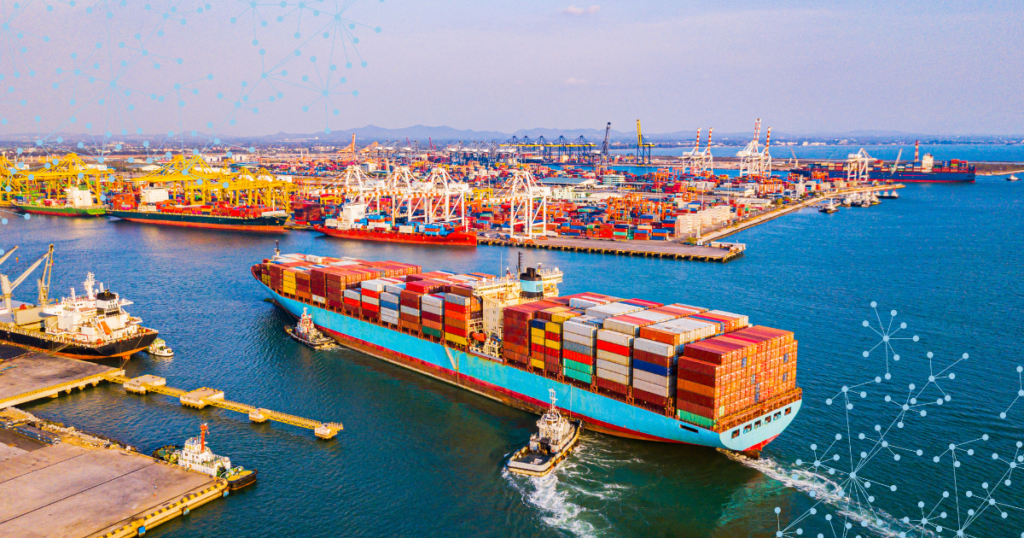Tariff Disruption Is Now a Boardroom Concern
Global trade dynamics have entered a new era. Tariffs, duties, and shifting regional policies are no longer occasional threats. They are persistent variables that must be managed with precision. In 2025, service organizations face increased exposure to tariff volatility. This risk can erode margins, disrupt availability, and impact customer satisfaction. For service leaders, this is a clear signal: tariff mitigation must be a strategic priority, not just a consideration.
According to Baxter Planning research, 45% of Service Supply Chain professionals expect tariffs to materially affect operations this year. Yet, 67% are still working to understand the full impact on cost and service delivery.

The Cost of Inaction: Why Service Parts Operations Are Especially at Risk
Service parts operate under different constraints than traditional retail or manufacturing supply chains. Downtime is not just inconvenient, it creates costs and damages reputation. Parts must be available exactly when and where they’re needed, often across a globally distributed network.
Without a strategic tariff mitigation strategy, service organizations face a ripple effect across their operations:
- Escalating operational costs from unforeseen tariff increases
- Reduced inventory velocity due to extended lead times and disrupted replenishment
- SLA penalties stemming from part availability and shipment delays
- Declining customer satisfaction and retention as service reliability suffers

Strategic Tariff Mitigation Is a Competitive Advantage
Forward-looking organizations see tariff mitigation as a lever for enterprise value. It goes beyond cost control, it’s a way to protect your service organizations through smart, adaptive planning. By safeguarding service performance, margins, and operational agility, it enables your Service Supply Chain to stay responsive in the face of evolving trade conditions.
Here’s how leading companies apply smart tariff mitigation strategies:
- Simulating tariff scenarios before execution
By modeling the impact of sourcing shifts between regions or logistics hubs, organizations can make confident, data-backed decisions before committing resources.
- Make sourcing decisions based on total landed cost
Predictive modeling helps teams optimize sourcing configurations in response to evolving tariff structures, maintaining service levels while minimizing unnecessary duty exposure.
- Controlling replenishment flows with tariff awareness
Dynamic planning capabilities enable temporary pauses or rerouting of inbound shipments based on cost fluctuations, ensuring service continuity without overexposure.
- Reallocating excess inventory to reduce penalty risks
Advanced inventory logic prioritizes local consumption and compliant return paths. This avoids unnecessary cross-border moves and tariffs.
Each of these mitigation strategies strengthens resilience while protecting service performance and margins.
Baxter Planning: Your Partner in Tariff Mitigation
Tariffs aren’t going away and ignoring them is no longer an option. Success now depends on your ability to anticipate risk, act quickly, and align your Service Supply Chain strategy to stay ahead of change.
At Baxter Planning, we bring decades of Service Supply Chain expertise and innovative technology to match. Our BaxterPredict platform uses real-time market data to guide intelligent, tariff-aware decisions. We help you anticipate, prepare for, and neutralize the impact of tariffs—before they affect cost or service.
Ready to reduce tariff exposure while protecting service performance?
Explore how our Tariff Mitigation Services can help you reduce risk and protect performance in 2025 and beyond.




